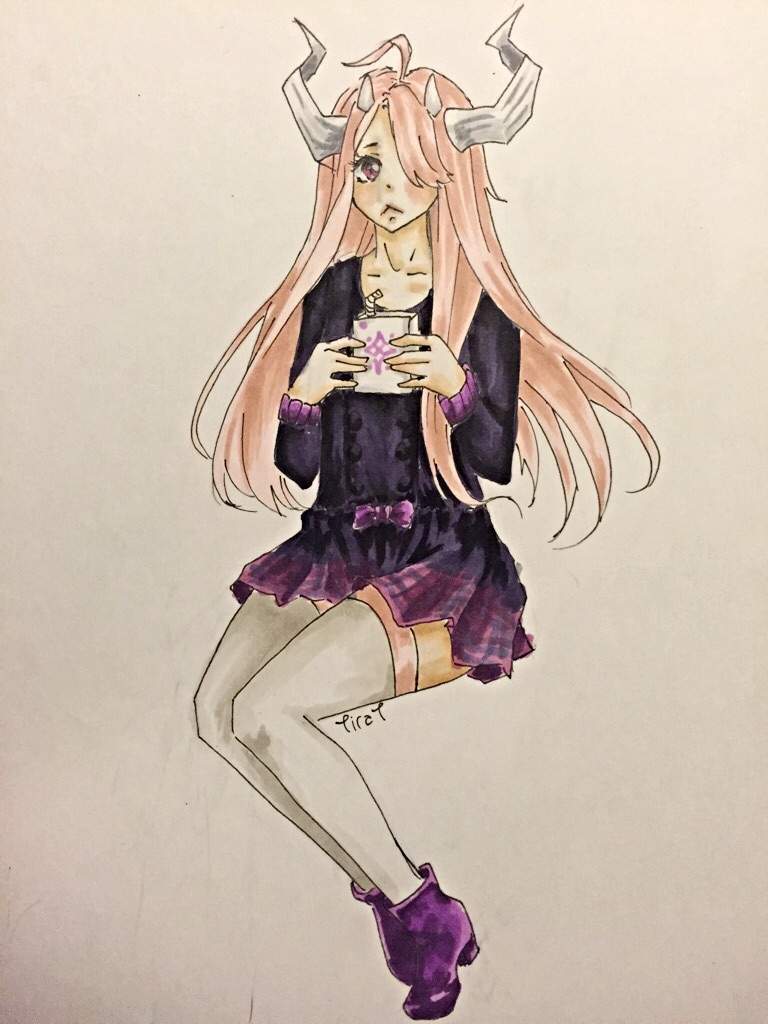You've probably heard it before – that dramatic "whomp whomp" sound effect in movies, TV shows, or even online videos. But what exactly does it mean? The whomp whomp sound has become a universal symbol for disappointment, failure, or things not going as planned. It's that iconic noise that plays when your favorite character gets rejected, fails a challenge, or experiences a major letdown. But there's so much more to this sound than just its emotional impact.
In today's world, the whomp whomp meaning has evolved beyond its original use in TV shows like The Gong Show. It's now a staple in internet culture, used in memes, reaction videos, and even casual conversations. But where did this sound come from? And why has it become such a powerful tool for expressing disappointment? Let's dive into the fascinating story behind this iconic sound effect.
Whether you're a fan of classic TV, a meme enthusiast, or just someone who appreciates the power of sound in storytelling, understanding the whomp whomp meaning can add a new layer of appreciation to your media experience. So grab your headphones, and let's explore why this sound has become a cultural phenomenon.
Read also:Is Mitch From Lenox Hill Still Alive The Untold Story You Need To Know
Table of Contents
- The Origin of Whomp Whomp Sound
- How Whomp Whomp Became Popular
- Understanding the Meaning of Whomp Whomp
- Common Uses in Media and Internet
- The Psychology Behind Whomp Whomp
- A Brief History of Sound Effects
- Whomp Whomp vs Other Sound Effects
- How the Sound is Created
- Cultural Impact of Whomp Whomp
- The Future of Whomp Whomp
The Origin of Whomp Whomp Sound
The whomp whomp sound actually dates back to the 1970s, originating from a show called The Gong Show. Back then, it was used as a way to signal disapproval or rejection when contestants performed poorly. But here's the cool part – the sound wasn't originally created using fancy equipment. It was actually produced by hitting a bass drum with a mallet, creating that deep, resonant noise that we all know and love today.
From Gong Show to Global Icon
Over the years, the whomp whomp sound has been adapted and refined, becoming more sophisticated with advancements in sound technology. But its roots remain firmly planted in that simple drum hit. Isn't it amazing how something so basic can evolve into a global phenomenon? The sound's simplicity might actually be the key to its success – it's easy to recognize and instantly conveys a specific emotion.
How Whomp Whomp Became Popular
So how did this sound go from being a niche TV show effect to a mainstream cultural symbol? Well, it all started with the rise of internet culture. As online video platforms like YouTube and social media sites like Twitter and Instagram gained popularity, creators began using the whomp whomp sound to enhance their content. It became the perfect audio companion for reaction videos, parody clips, and even real-life moments of failure.
The Role of Memes
Memes played a huge role in spreading the whomp whomp meaning across the internet. You've probably seen those viral videos where someone tries something epic but ends up failing spectacularly – cue the whomp whomp sound. It adds an extra layer of humor and relatability to the moment, making it resonate with viewers on a deeper level. And let's be honest, who doesn't love a good laugh at someone else's expense? (Just kidding, kind of.)
Read also:Eva Green Husband The Untold Story Behind The Glamour
Understanding the Meaning of Whomp Whomp
At its core, the whomp whomp meaning represents disappointment, failure, and things not going as planned. But it's more than just a sound – it's a cultural shorthand for expressing complex emotions. When you hear that iconic noise, you instantly understand the situation without needing any explanation. It's like a universal language that everyone can relate to, regardless of age, gender, or background.
Why Does It Resonate?
Think about it – we've all experienced moments of failure in our lives. Whether it's bombing a presentation at work, spilling coffee on your white shirt, or getting ghosted by that cute person you were dating, we've all been there. The whomp whomp sound gives us permission to laugh at those moments instead of dwelling on them. It reminds us that it's okay to fail, and sometimes, it's even funny.
Common Uses in Media and Internet
Today, the whomp whomp sound can be found everywhere – from Hollywood blockbusters to TikTok videos. It's become a go-to tool for editors, creators, and even casual users who want to add an extra layer of emotion to their content. Here are some of the most common ways you'll hear the whomp whomp sound:
- In movies and TV shows to highlight comedic failures
- In reaction videos to punctuate awkward or embarrassing moments
- In memes to create humor and relatability
- In live streams to entertain audiences during gameplay fails
- In social media posts to express disappointment or frustration
Why Editors Love It
For editors, the whomp whomp sound is like a secret weapon in their arsenal. It's the perfect way to convey emotion without needing dialogue or lengthy explanations. Plus, it's versatile enough to work in almost any context, whether you're editing a comedy sketch or a serious documentary. The sound's ability to adapt to different genres and moods makes it an invaluable tool for creators.
The Psychology Behind Whomp Whomp
But why does the whomp whomp sound have such a powerful emotional impact? According to psychologists, it's all about association and conditioning. When we hear that familiar noise, our brains instantly connect it to moments of failure or disappointment. Over time, this association becomes so strong that we don't even need context – the sound alone is enough to trigger an emotional response.
Emotional Triggers
Interestingly, the whomp whomp sound can evoke different emotions depending on the context. In a comedy setting, it might make us laugh. In a dramatic scene, it could make us feel sympathy for the character. This versatility is what makes the sound so effective in storytelling. It's like a Swiss Army knife for emotional expression – always ready to serve whatever purpose the creator needs.
A Brief History of Sound Effects
While the whomp whomp sound might seem like a modern invention, sound effects have been around for centuries. From the clanging of swords in medieval plays to the booming cannons in war movies, sound has always played a crucial role in storytelling. What makes the whomp whomp sound unique is its ability to transcend time and space, becoming a symbol of a specific emotion that resonates with people across generations.
From Analog to Digital
As technology has advanced, so has the art of sound design. What started as simple drum hits and hand claps has evolved into complex digital creations that can mimic virtually any sound imaginable. But despite all these advancements, the whomp whomp sound remains a testament to the power of simplicity in sound design. Sometimes, less really is more.
Whomp Whomp vs Other Sound Effects
Of course, the whomp whomp sound isn't the only iconic sound effect out there. Think about the Wilhelm scream, the Tarzan yell, or even the iconic Star Wars blaster sound. Each of these has its own unique place in pop culture history. But what sets the whomp whomp sound apart? For one, it's incredibly versatile. While other sound effects are often tied to specific genres or contexts, the whomp whomp sound can be used in almost any situation where disappointment or failure is involved.
Why It Stands Out
Another reason the whomp whomp sound has stood the test of time is its ability to evolve with the times. While some sound effects have become dated or clichéd, the whomp whomp sound continues to feel fresh and relevant. Whether it's used in a cheesy 80s sitcom or a cutting-edge social media video, it always manages to hit the right emotional note.
How the Sound is Created
So how exactly is the whomp whomp sound made? While the original version was created using a simple bass drum, modern versions often involve a combination of digital effects and real-world sounds. Sound designers might layer multiple audio clips, adjust frequencies, and add reverb to create the perfect balance of depth and resonance. But despite all these technical enhancements, the essence of the sound remains the same – that deep, resonant thud that instantly communicates disappointment.
DIY Whomp Whomp
If you're feeling creative, you can actually try making your own whomp whomp sound at home. All you need is a large drum or even a sturdy piece of furniture. Give it a good whack with your hand or a soft mallet, and you'll get that satisfying thud that we all know and love. Of course, it might not sound as polished as the professional version, but it's still fun to experiment with.
Cultural Impact of Whomp Whomp
The cultural significance of the whomp whomp sound cannot be overstated. It's become a symbol of modern internet culture, representing our collective ability to find humor in failure and disappointment. In a world where perfection is often glorified, the whomp whomp sound reminds us that it's okay to mess up – and sometimes, it's even hilarious. It's a testament to the power of sound in shaping our emotions and experiences.
Going Forward
As we continue to navigate the ever-changing landscape of digital media, the whomp whomp sound will undoubtedly remain a staple in our cultural lexicon. Whether it's used to make us laugh, cry, or simply nod in understanding, it's a sound that resonates with us on a deeply human level. And isn't that what great art is all about?
The Future of Whomp Whomp
Looking ahead, it's exciting to think about where the whomp whomp sound might go next. With advancements in virtual reality, augmented reality, and other immersive technologies, the possibilities for sound design are endless. Perhaps we'll see new variations of the sound emerge, or maybe it will continue to evolve in unexpected ways. One thing is for sure – the whomp whomp sound isn't going anywhere anytime soon.
Final Thoughts
As we wrap up our journey into the world of whomp whomp meaning, it's clear that this sound has become more than just a noise – it's a cultural phenomenon that speaks to our shared human experience. So the next time you hear that familiar thud, take a moment to appreciate the power of sound in shaping our emotions and stories. And if you're ever feeling down about a failure or disappointment, remember – there's always humor to be found in the chaos.
Now it's your turn! Share your thoughts on the whomp whomp sound in the comments below. Have you ever used it in your own content? What's your favorite example of the sound in pop culture? Let's keep the conversation going and celebrate the joy of failure together!


